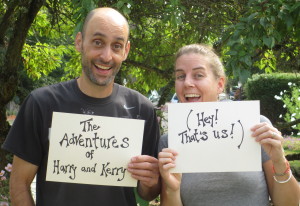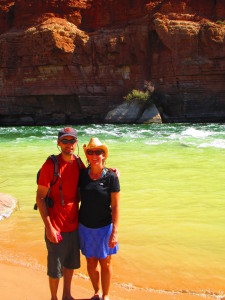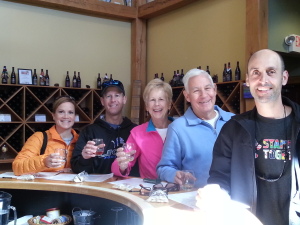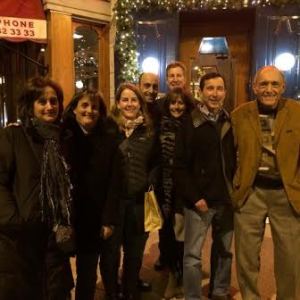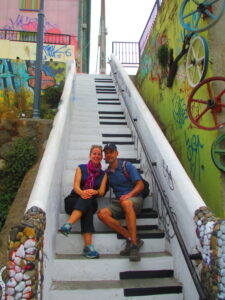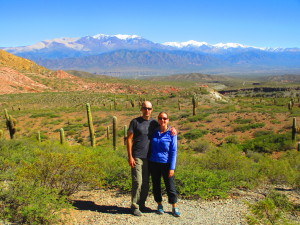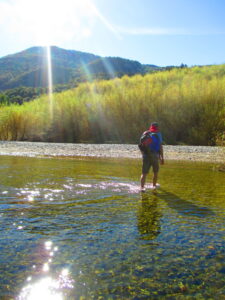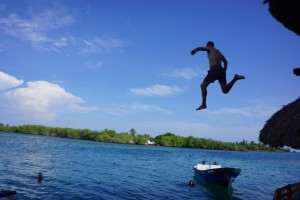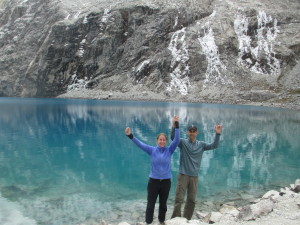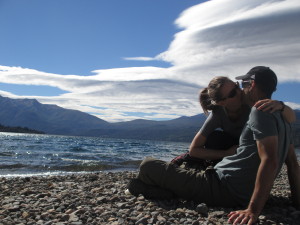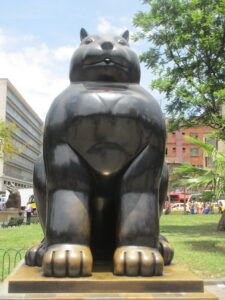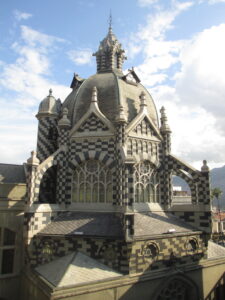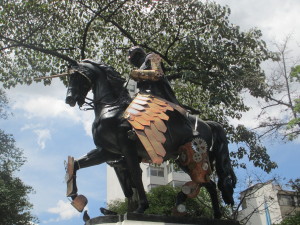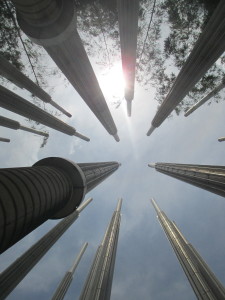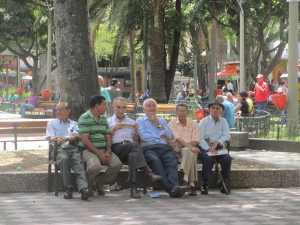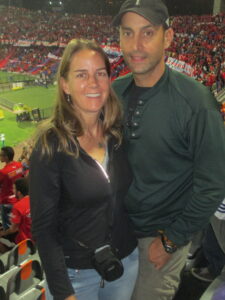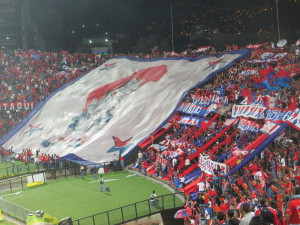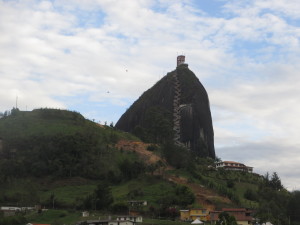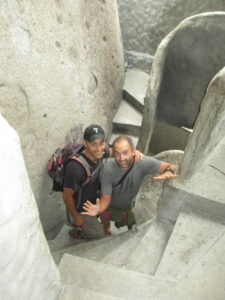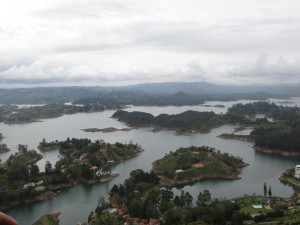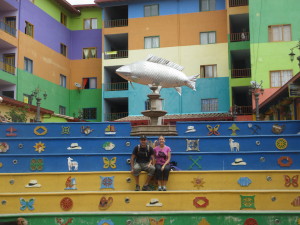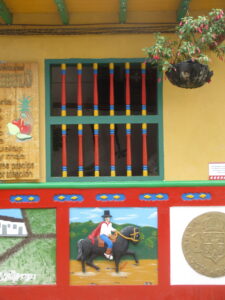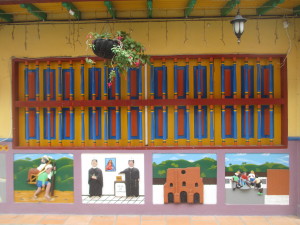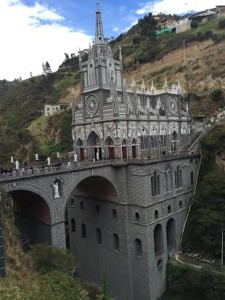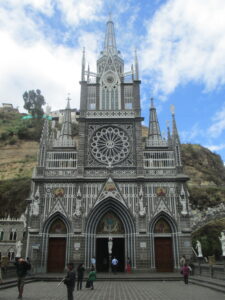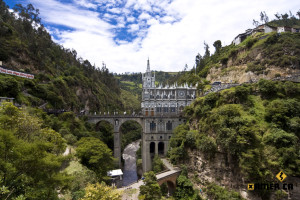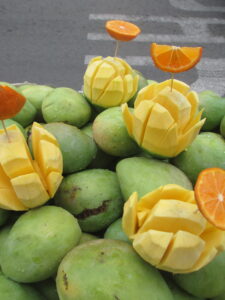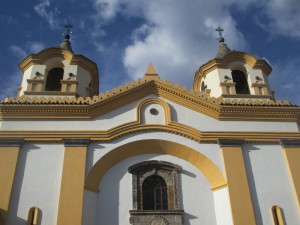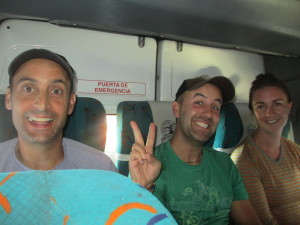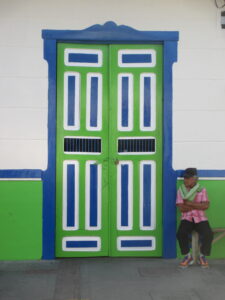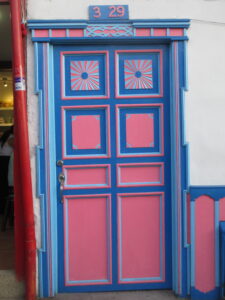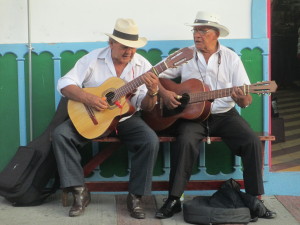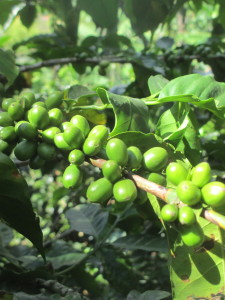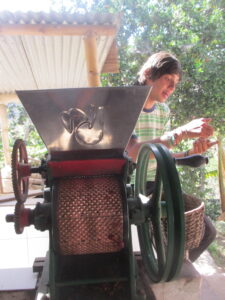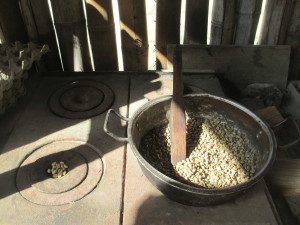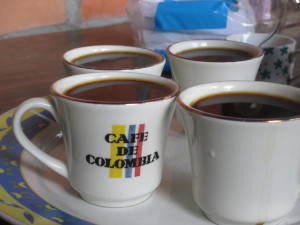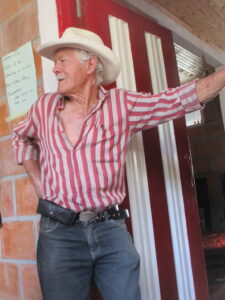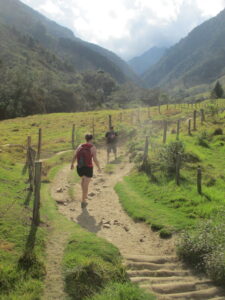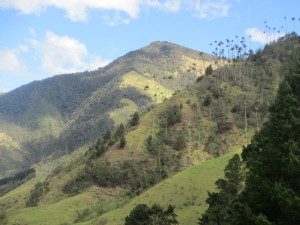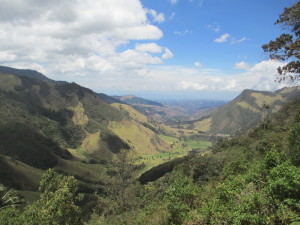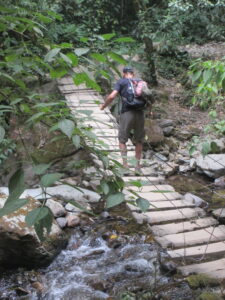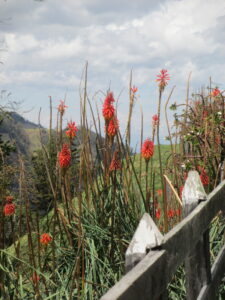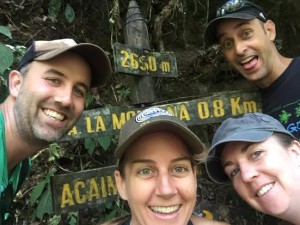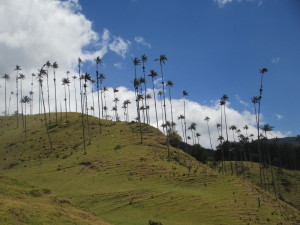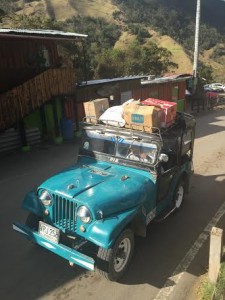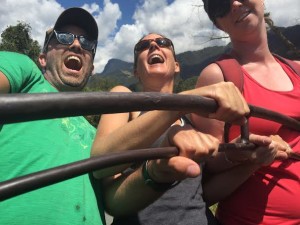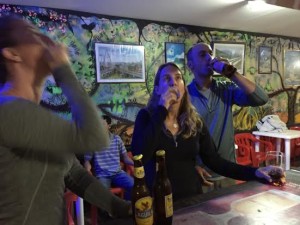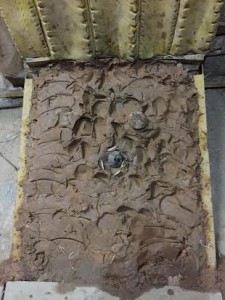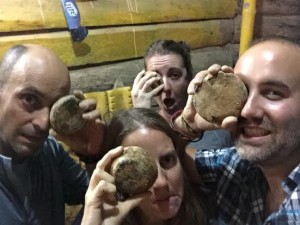Many of you have been asking us a lot of questions lately, like: What’s next? Where are you going to live? What are you going to do for jobs? Are you going to travel again? Aren’t you sick of wearing the same clothes?
Before I talk about where we’re going, I’m going to talk about where we’ve been.
We left Portland 14 months ago on September 27, 2014 after selling our house, our cars and most of our belongings. Our goal was to unclutter our lives in an effort to downsize, minimize and simplify. To live a life untethered.
Getting a Parkinson’s diagnosis will do that to you, you know. Nudge you to take stock of your life and to really think about what matters. To prioritize your goals and dreams.
For us, travel came out on top.
We’ve always talked about wanting to travel the world. We weren’t sure what it would look like, or when it would happen, but it was always something we dreamed about doing together. We talked about it a lot, but there wasn’t ever a perfect opportunity to make it happen. Of course, life doesn’t work that way, does it. The gift of travel wasn’t going to fall into our laps. We needed to make it happen.
The Parkinson’s diagnosis almost four years ago was a major catalyst in making our dream a reality, although back then we didn’t look at it that way. Grief can cloud one’s vision, and life became really emotional and complicated. A couple of years later Harry’s job was eliminated, an event that propelled us into action. I had spent four years working at my wonderful (but totally stressful and highly dysfunctional) high-poverty school and I was more than ready for a plane ticket to South America. It was time for us to travel. #seizetheday
We said “goodbye for now” to our wonderful community in Portland, the place we’ve both called home (separately and together) for 20 years. We road tripped across the US in our “new” tricked out mini-van named Moby for six weeks, visiting National Parks in Nevada, Arizona, Utah and New Mexico.
We spent another six weeks visiting friends and family near and far, from Michigan to Maine, Virginia to Florida, and many states in between.
In three months we drove 10,000 miles.
On January 13th, 2015, we flew to Buenos Aires, Argentina on a one-way ticket using frequent flier miles. We didn’t really have a plan… except really, that WAS the plan.
To let go of expectations. To slow down. To explore new cultures and places. To be present with one another. To be vulnerable. To let go of planning, let time stand still, live day by day.
Over the course of 10 months, we spent time in Argentina, Chile, Bolivia, Peru, Ecuador and Colombia. We traveled mostly by bus, taking the slow road to places unknown to us. We tried new foods, experienced new cultures and witnessed poverty unlike any we had seen. We hiked in phenomenal places, we clapped along to traditional music and we walked along beautiful beaches. We met wonderful people, connected with locals and learned to communicate using a different language. We experienced highs and lows, gratitude and fear, curiosity and compassion.
We also really got to know this thing called Parkinson’s. No longer hiding in the shadows of our busy lives in Portland, Harry’s PD became an ever-present character in our journey, a third wheel, an uninvited guest to our party. Fully exposed and real, we talked about it often, analyzing symptoms while trying to predict how his body would function on any given day (which isn’t possible, you know). We celebrated amazing hikes in the Andes, swore at frustrating walks down the street, and laughed when he fell out of a cab in Quito. We learned to be flexible and adapt our daily plans as necessary, to move slowly and to be grateful for all the little things. And big things. Like walking across rivers and jumping off the roof of our hostel into the Caribbean down below.
Additionally, we experienced something else. Something really amazing and beautiful.
Let’s call it icing on our South American cake.
The two of us connected in a way that feels real and honest and powerful. Being together, side-by-side for 14 months, has brought us closer than we’ve ever been, literally and emotionally. Relying on one another when situations got tricky, counting on each other when we needed to most, and knowing that we had each other’s backs all the time has taken us to a new level in our relationship.
And just in time, too.
The future is unknown in so many ways, but together, we know we have the strength, humor and resilience to handle whatever comes our way with grace. Well, it might be a messy kind of grace, but we’ll be in it together.
You asked what’s next.
We spent our first week back in the US with my aunt Nancy in southern Florida; my parents came down from Michigan to spend the week with us. We had a wonderful time together, soaking up the hot sun and making happy hour count every day. Thanks, mom and dad!
We spent a few days in northern Florida with Aunt Susan and Uncle Bill, then a few days with Sarah, Steve and Mia in Gainsville. We’ll visit friends in Savannah, Asheville, and Charlottesville before heading up to Alexandria.
We’ll spend the winter holidays on the East Coast with Harry’s family and my brother and his kids. Then we’ll house-sit for Harry’s cousin in Alexandria for a month or so, we’ll drive up to New England if the weather permits, and we’ll spend some time in Michigan with my parents. Eventually we’ll cruise on out to Portland, hopefully visiting our Colorado friends along the way.
We’ve had numerous offers to house sit in different places around the country and we’re considering all our options. Maybe, wherever we are, we’ll just dive in and practice the day-by-day mentality we’ve come to perfect while being in South America.
There are several factors that determine where we’ll end up for the next period of time: quality of life, cost of living, job prospects, family + friends, health care for Harry and soccer for me. We strive to continue the stress-free lifestyle that we’ve been enjoying this last year. We’re seeking jobs that will balance our desire to make a difference in our community with the slow-paced quality of life we’ve come to appreciate.
We’re still writing the playbook.
Thanks for coming along on the ride with us. We appreciate all your love and support!


